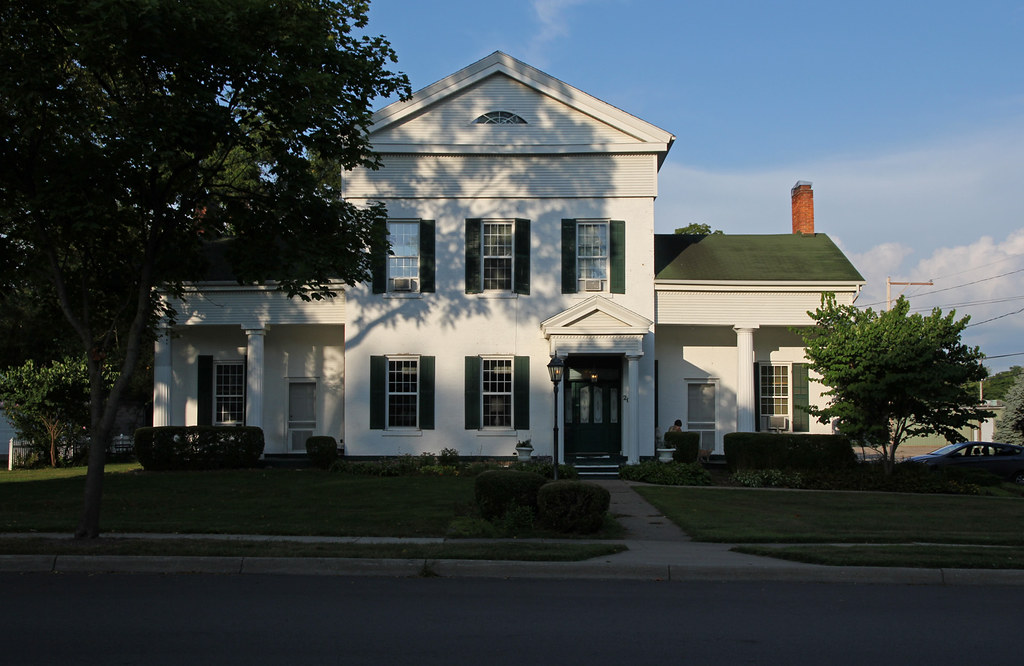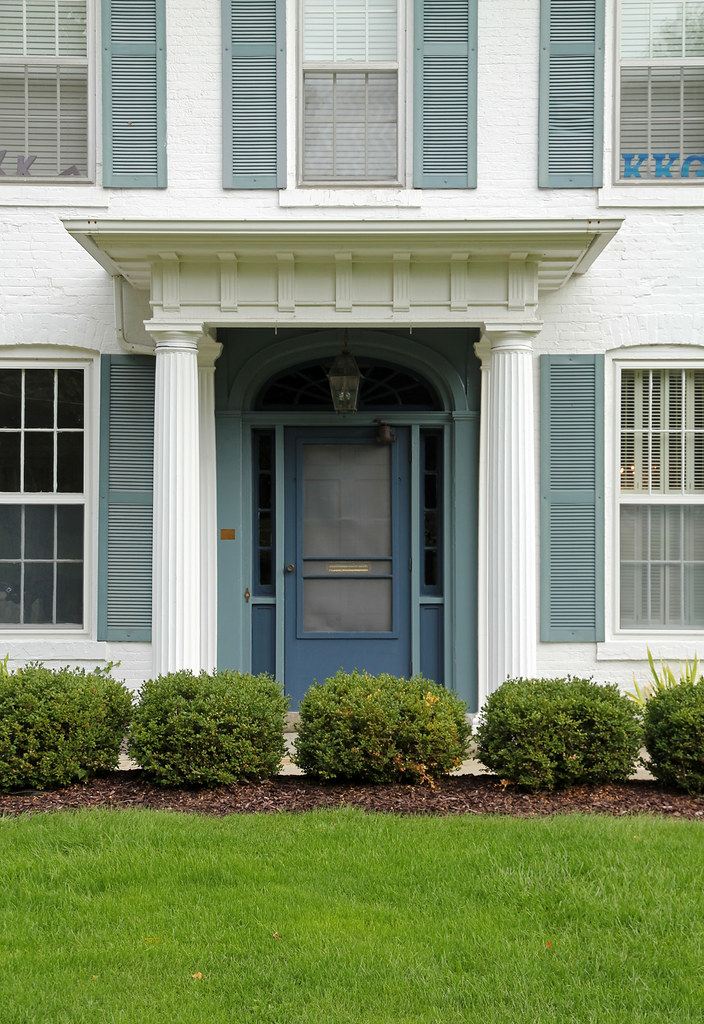My apologies for the sloppy formatting and inconsistent spacing between paragraphs. Blogger is hardly an appropriate medium for publishing footnote-filled essays.
I plan to submit the article to the Hillsdale Forum, a student-run publication of Hillsdale College.
Buildings are both the most abundant and least appreciated of artistic creations. Ask an educated man to envision art, and he will, more than likely, imagine merely da Vinci's Mona Lisa or the jarring cubism of Picasso. The lowly Greek Revival residence a few blocks from his home hardly merits notice. Paintings and sculptures, cloistered in museums and displayed proudly in parlors, draw praise, whereas the myriad dwellings constructed in the 19th and early 20th centuries receive scant attention from lovers of art history, perhaps because they are commonplace. By nature, humans tend to overlook the ordinary. Yet buildings serve as the most tangible evidence of a society's history and its perception of beauty.
The city and county of Hillsdale, like many American communities, encapsulate the country’s changing tastes in architecture. Hillsdale County was formed from the Michigan Territory in 1829 and organized in 1835; Jonesville, platted in 1830, functioned as the first county seat, or center of government. (1) In 1843, this government chose to relocate to Hillsdale, a town slightly closer than Jonesville to the county’s center. In both locales, interesting buildings abound.
The northeasterners — natives of New York state, mostly — who flocked to Michigan’s Lower Peninsula in the 1820s, 1830s, and 1840s, constructed primarily braced frame (2) residences in the Greek Revival style, in accordance with the architectural norms of their homeland. Unlike other Midwestern states, Michigan never witnessed the development of a rich tradition of log construction (3) (though log structures were, and remain, common in the forested counties of the Upper Peninsula, a region of Scandinavian settlement), and the state was populated too late to enjoy the formal architecture of the Federal period (approximately 1788–1835).
Thus, Hillsdale’s architectural legacy begins in the Greek Revival era. Grecian architecture rose to prominence in America by the 1840s, inspired by Jefferson’s Palladian experiments (4) and the temples of democratic Athens, and popularized by the pattern books of Minard Lafever and Asher Benjamin. Two of Hillsdale County’s finest extant examples of the style, the William Murphy House and Munro House, stand in Jonesville. The Munro House, slightly awkward in its proportions, is the earlier of the two (reportedly the oldest structure existing in the county), having been constructed in stages between 1834 and 1840.
Murphy built his splendid house between 1845 and 1850, though its Ionic porch was apparently appended in 1911.
A similarly detailed Doric porch, with entasis (bulging columns) and triglyphs (grooved tablets), adorns Hillsdale College’s own Kappa Kappa Gamma sorority house.
1) History
of Hillsdale County, Michigan (Philadelphia: Everts & Abbott, 1879), 124.
2) “Braced
frame” is synonymous with “timber frame” and “post-and-beam”; this method of
framing uses heavy timbers and mortise-and-tenon joints instead of the light studding
of balloon framing, which had become standard by the late 19th century.
3) Crude
log buildings, intended for temporary occupation, were erected in Hillsdale County during the settlement period (an
image of one appears in the Hillsdale Community Library’s Mitchell Research
Center), but the region’s early residents replaced their cabins with frame homes rather than well-finished log houses. The distinction between the terms “log cabin”
and “log house” is beyond the scope of this essay.
4) Andrea
Palladio (1508–1580),
noted Italian architect, drew inspiration from Greco-Roman models. Thomas Jefferson was an early American
adherent of the Palladian school.




No comments:
Post a Comment